Hambantota district is located on the south-eastern coast of Sri Lanka. The district capital is Hambantota. Other prominent towns include Tangalle, Ambalantota, Tissamaharama,and Beliatta. When the kingdom of Ruhuna was established, the region received many travellers and traders from Siam, China and Indonesia who sought anchorage in the natural harbour at ‘Godawaya’, Ambalantota. The ships or large boats, these traders travelled in, were called “Sampans” and “Thota”means port or anchorage so the port where ‘sampans’ anchor came to be known as “Sampantota ” (which is now known as Godawaya’). After some time the area became to be called “Hambantota”.
Hambantota District is part of the traditional South known as Ruhuna. In ancient times this region, was the centre of a flourishing civilization. Historical evidence reveals that the region in that era was blessed with fertile fields and a stupendous irrigation network. Hambantota was known by many names ‘Mahagama’, ‘Ruhuna’ and ‘Dolos Dahas Rata’. King Mahanaga established the Kingdom of Ruhuna which played a vital role in building the nation.
In the years of 1801 and 1803, the British built Martello tower on the tip of the rockey headland alongside the lighthouse overlooking the sea at Hambantota to protect the harbour and settlement at Hambantota, following an unsuccessful attack by Kandyan insurgents in 1803. This historical landmark was converted into a fisheries museum in the year 1999 as a measure to conserve this colonial landmark.
Yala National Park
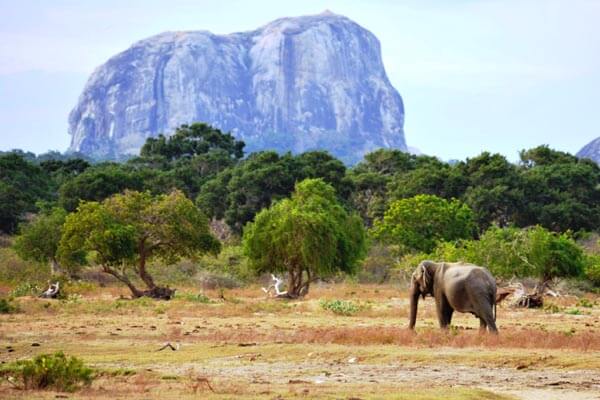
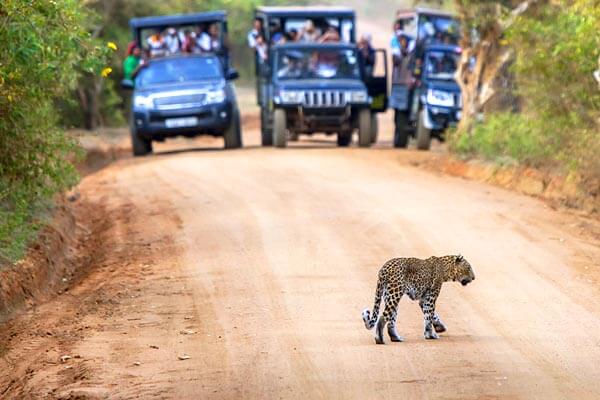
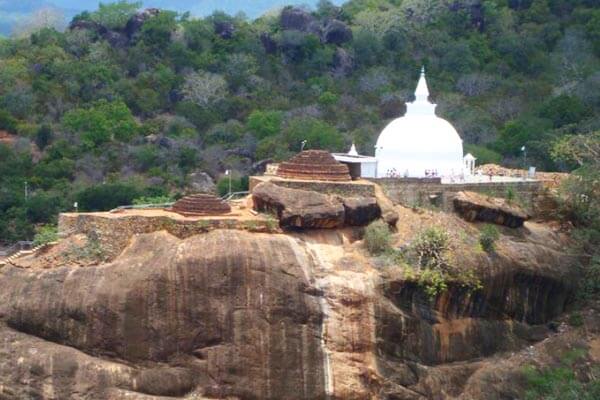
Situated in the southeastern part of Sri Lanka, the expansive Yala National Park is divided into five blocks, of which only Blocks I and II are open to visitors. Covering an area of 141 sq km, Block I or Yala West (Ruhunu) is the more visited part of the park, largely due to its accessibility and leopard population. Punctuated by rocky outcrops, the park’s sprawling landscape varies of fauna, which includes elephants, spotted deer, civets and crocodiles. The birdlife here is also very diverse, with migrants swelling the ranks of the resident population in winter. Yala is also home to a number of cultural attractions, notable among which are the historic sites of Situlpahuwa and Magul Maha Vihara.
Leopard Sightings: The Sri Lankan Leopard is a subspecies endemic to the island. Home to around 35 leopards, Yala West is said to be one of the best places in the world to observe and photograph these felines. Although they can be sighted year-round, it is easier to spot them during the dry season (May- September)
Exploring the Park: A 4WD vehicle is required to enter and explore the park, since walking is not permitted here. Jeeps can be easily arranged through one of the many tour operation in Tissa. All vehicles are assigned a guide, who accompanies visitors into the park. While it is possible to explore the place on a full-or half-day safari, most people choose the letter as a whole day can be exhausting. The ideal time to visit the park is either early in the morning or the late afternoon. There are currently no limits on the number of vehicles entering the park, hence it can be very busy on weekends and public holidays. Visitors are advised to avoid making noise as it can frighten the animals and the lower the chances of a sighting.
Situlpahuwa: Dating from the period of the Ruhunu Kingdom (around 200 BC), the monastic settlement of Situlpahuwa is an important pilgrimage site en route to Kataragama. A steep staircase leads to the bright white Situlpahuwa dagoba, which sits atop a 122 m high rock; the summit affords splendid views over the park.
Activities : Wildlife, Jeep Safari, Historical, Nature, Untamed
Tangalle
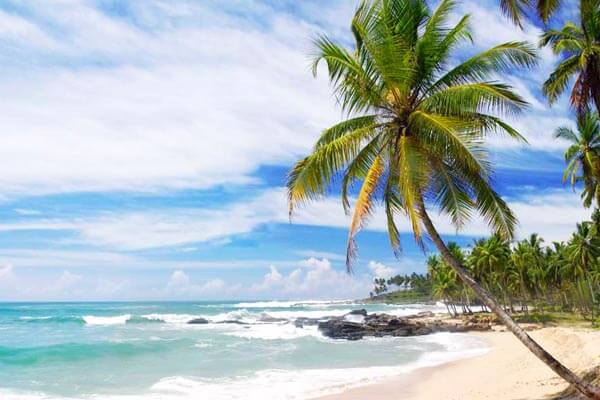
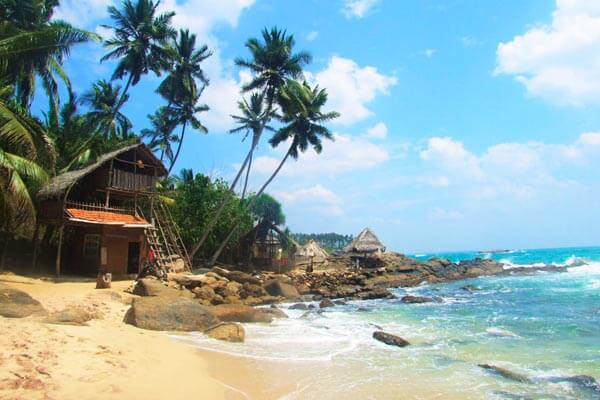
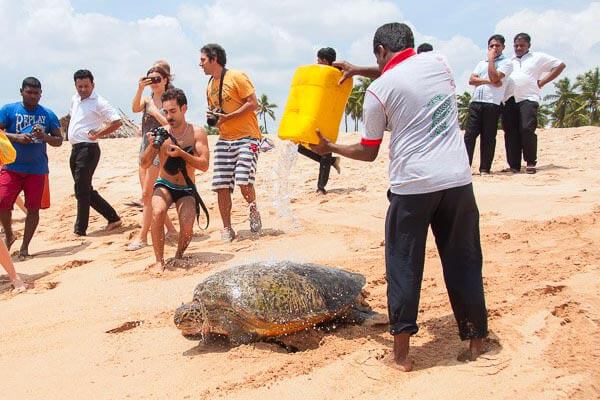
Visitors come the town of Tangalle mainly because of the superb beaches that are located to the east and west. The town is also well-placed for day excursions to sights in the surrounding area and turtle-watching at Rekawa Beach.
Stretching to the east of Tangalla are the beaches of Medilla and Medaketiya. Dotted with guesthouses and restaurants, these beaches are the busiest and also the most developed. Around 4km northeast of the town is Marakolliya, which offers more secluded stretches of sand backed by the Rekawa Lagoon. Immediately southwest of the town are the tranquil Pallikaduwa and Goyambokka beaches with rocky coves and a series of bays.
Activities : Relaxing, Sun & Sand, Turtles, Sightseeing
MADUNAGALA HOT SPRING
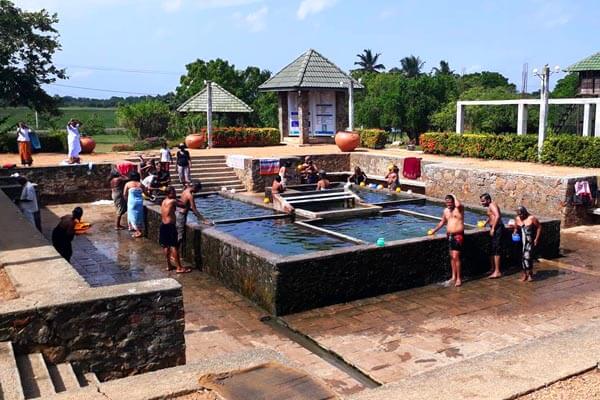
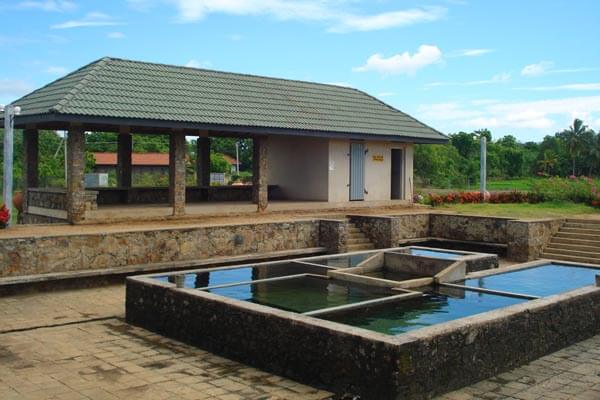
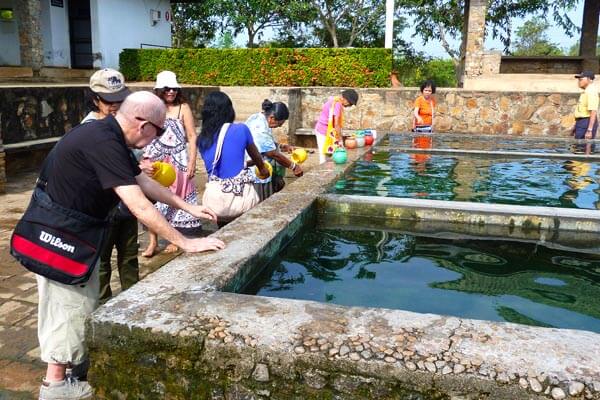
Madunagala Hot Water Springs lie among vast paddy fields between Sooriyawewa and Ridiyagama the spring was first recorded by Leonard Woolf, Assistant Government Agent of Hambantota (1908-11) in his diaries recording the haphazard journey through wild animal infested jungles and boat rides to reach the hot springs. The spring stands in the form of a series of wells huddled in a group of six. In the center stood the main but smallest surrounded by a few more large ones resembling the petals of a flower.
The high temperature of a hot spring is a result of the heat from the earth’s mantle, which is often referred to as geothermal heat. The temperature of rocks within the earth increases with depth and whenever water seeps deep enough into the earth’s crust, it will be heated as it meets these rocks.
Hot springs in Sri Lanka are distributed along a narrow land belt running from Hanbandota to Trincomalee within the boundary of three main geological plates: the Wanni, Highland and Vijayan complexes. The Madunagala hot spring is located in the Highland and Vijayan boundary. This hot spring is 11, 582ft deep with its water running at a speed of about 645ml per second, and is of varying temperatures. The central well contains water with the highest temperature at 44°C with water bubbling, releasing a thin smoke into the air. The water from the rest of the wells stood at varying temperatures of 38°, 32° and 26°C.
The hot water is said to consist of 22 elements such as Sulphate, Nitrate, Calcium, Sodium, and Chloride. The combinations of these elements as well as other minerals blended in the water is said to cure skin aliments, arthritis, asthma and a number of other chronic illnesses. To gain the healing effects of this water however, one must avoid the use of soap’’. No one knows exactly when or by whom the hot water spring was discovered but the local folk believe that during the 5th Century BC a group of 12,000 Buddhist monks from a nearby temple, suffering from an incurable skin rash had been told of its miraculous healing quality through a dream. Thereafter, they had cleared the jungle in search of the spring which had ultimately cured them. Since then, it has been conserved and belived to have miraculous healing powers by the hordes of people that come from across the country each day to bathe in its waters; and those who believe in its powers spend a few hours cleansing body and mind with the healing waters of Madunagala leaving thereafter refreshed and happy.
Activities : Hot Water Shower, Relaxing, Health and Wellness
RIDIYAGAMA SAFARI PARK
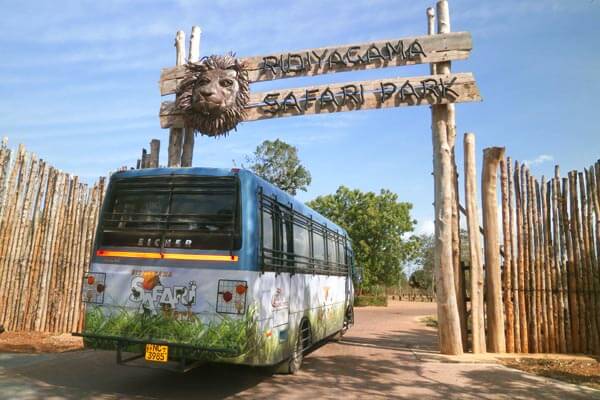
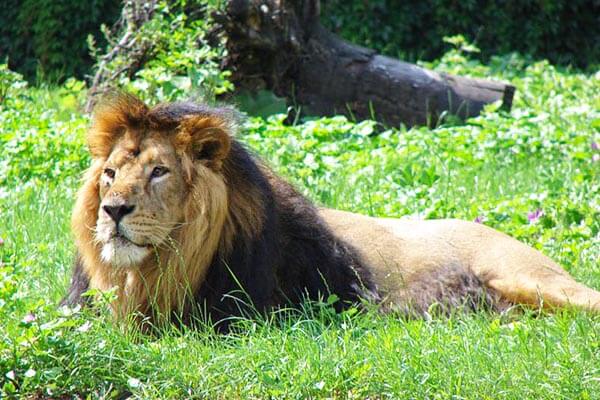
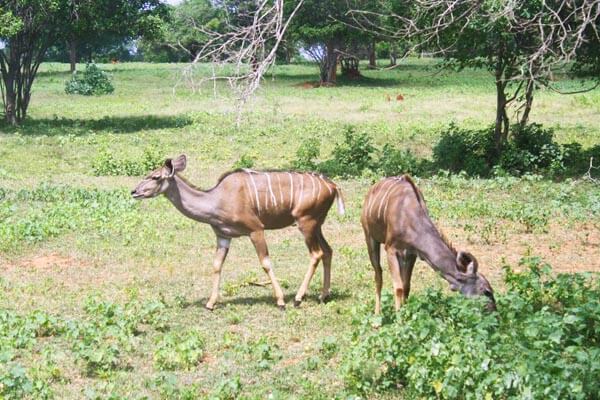
Ridiyagama safari park has been located in Ridiyagama area of Hambantota District, Sri Lanka. The park was opened to the public on 28th May 2016. It is the first & only safari park in Sri Lanka. It is a 500 acre safari park. It has been divided into six zones, where the carnivorous animals will be in 4 zones and herbivores, animals will be in 2 zones. Meanwhile, carnivore animals such as lions, tigers and leopards will be in 2 zones of the carnivore section.
The first phase with the 35-acre African lion Zone, 54-acre Sri Lankan Elephant Zone and 80 acre World Zone was opened to the public. The herbivore section consists of around 20 species of animals like Zebras, Deers , Camels and Ostrich. Consists, Asian, Australian Zones and a small animal kingdom is under construction as the second phase.
This is the only safari park in Sri Lanka to experience real wildlife behaviors. This is great opportunity to see Africa’s wild animals in the flesh and roaming and , falling asleep to the sounds of nature. Visit bird havens, experience the thrill of tracking wildlife and searching for animals in a comfortable bus or in a 4×4 safari vehicles. Entry fee will be around 300 LKR for the locals. This is a great opportunity to immerse in the wilderness of Africa and many other different countries and indulge the senses with its raw beauty.
Activities : Low budget safari Experience, Night Safaris, Lodging, Foreign and Local Animal Watching in a Single Location
USSANGODA National Park
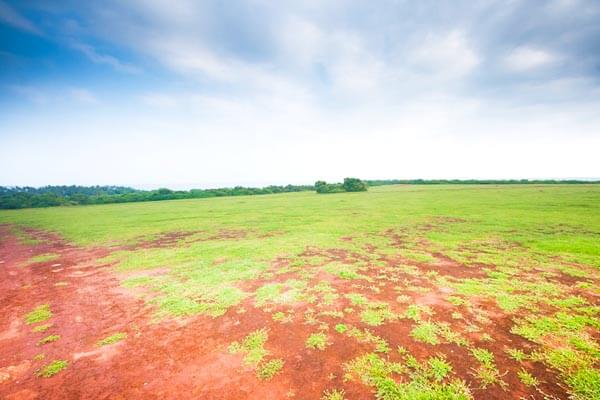
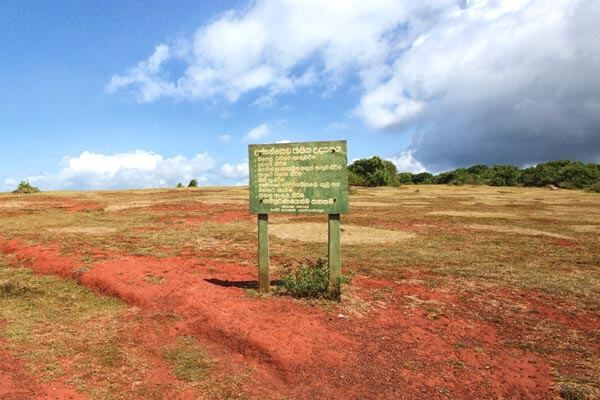
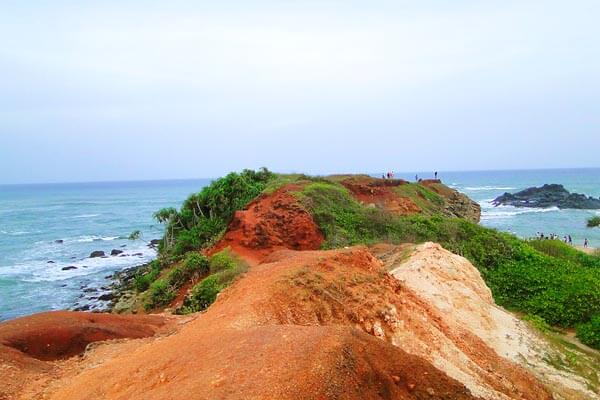
Just before Nonagama, on the Matara-Hambandota road travelers come across a sign board directing to Ussangoda. A small rutted road leads the way towards terraced paddy fields and the beach of Welipatanwila where locals still practice a traditional beach seine fishery. Just as you approach the beach, another turn to right leads the travelers to a flat open plateau with scattered patches of scrub forest with exposed red earth. It is believed that this place was struck by a meteorite long time ago and this red earth created is due to asteroid. This is Ussangoda, a place known for its mythology, archaeological importance and biodiversity. The soils contain high levels of iron and other minerals to give a unique reddish hue. Ussangoda is positioned at the highest point along the coastal stretch forming an undisturbed panorama of the entire coastline. Beneath the cliff is a small cove with a narrow beach leading to the Indian Ocean, which crashes onto the rocks throwing up clouds of spray into the sunlit air.
Ussangoda is also linked to several mythological characters of Sri Lanka’s history. Local villagers claim this to be the landing place of the peacock chariot – “Dandumonara by the mythical King Ravana. Some even extend this story to the idea that the God Hanuman torched the area as an act of revenge against Ravana who had kidnapped Queen Sita from India. Ussangoda is now a designated archaeological site under the jurisdiction of the Department of Archaeology. The unique habitat of ussangoda provides a home to many types of animals. Dry Zone birds are common here including uncommon species such as the nightjar. Nocturnal species such as kangaroo rats can be seen scurrying around at night. During the day, grey langur monkeys frolic in the tress. Ussangoda is part of the Kalametiya wildlife santuary comprising of beaches, wetlands and scrub forests. The beaches towards east to Welipatanwila and west to Lunama are important nesting sites for five species of endangered marine turtles – the green turtle, olive – ridley turtle, hawksbill turtle, loggerhead turtle and leatherback turtle. The beach from Welipatanawila to Godawaya is probably the most important nesting site for the leatherback turtle- the largest marine turtle in the world. Tide pools at the edge of the cliffs provide an opportunity to observe many small marine animals such as hermit crabs, limpets, barnacles and rock skippers.
When the setting sun illuminates the earth in brilliant hues of red and orange nature lovers have the opportunity to spot many dry zones species, while black napped hares make cameo appearances on the plains before darting off into nearby shrubs. This land attracts many small wild animals and a variety of birds and is also a refuge for rare medicinal plants. The site is designated as the ‘Horton Plains’ of the South. The Ussangoda National park is the newest National park in Sri Lanka. The park plays a national role in protecting sea turtles and preserving the history.
Activities : Wildlife Experience, Sea Turtle Watching, Birds Watching, Photography
NATURE JUNGLE - walawe river
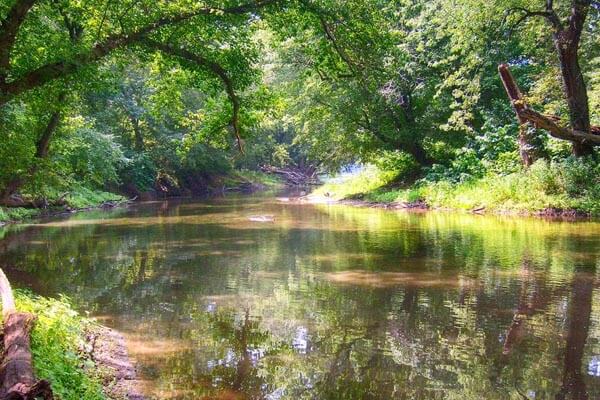
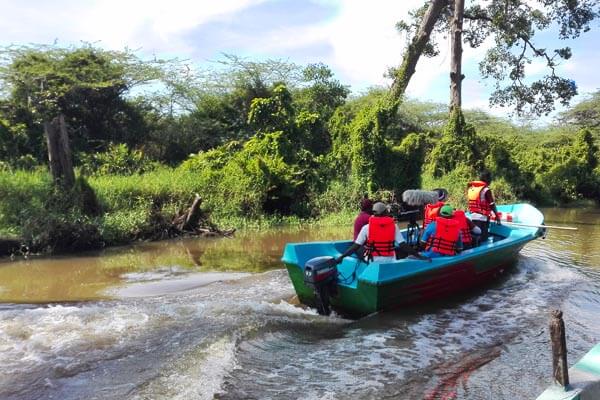
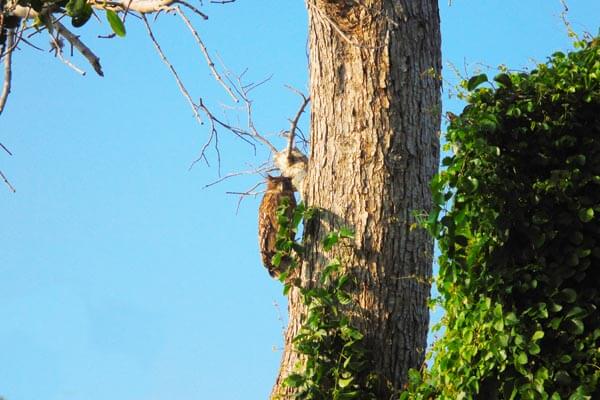
Enjoy a twilight cruise on the mangrove- filled Walawe River and be amazed to see langur monkeys, peacocks, blue-and-green parakeets, long-necked Indian darters and white-bellied sea eagles.
The best time to begin the journey is late afternoon. As you travel down the river, listen as peacock call from their roost. White bellied sea eagles soar overhead, cormorants spread their wings to dry, and curious langur monkeys watch from through the trees. You may even spot a crocodiles before sinking beneath the river surface. Apart from the wildlife it houses, the mangrove system around the river helps to preserve ecological balance.
The Weaver Bird is an interesting bird you can spot in the location weaving its nest out of grass. Bird watchers also have the chance of observing around 71 bird species including migrant birds. The journey will no doubt provide you the experience of real beauty of nature and tranquility away from hustle and bustle of city life. The Nature Jungle River Safari provides boat rides for those who are interested in spotting some wildlife in an area known for its rich bio diversity. The Walawa River Boat Rides, which is popular among locals and tourists, will take you through a rich biodiversity area complete with six varieties of mangroves, 52 fish species, 71 bird species, 38 plant varieties and 28 animal species.
Activities : Wildlife Experience, Boat Safari, Playful Monkey Activities, Bird Watching
Sri Lanka Dream Tours organize various tour activities that includes folk dance & music program, local house visits, local market visits, dinner or lunch with a local family of the area and much more like this. These activities are organized as part of your tour program and gives real experience of India to any guest visiting India with us.
